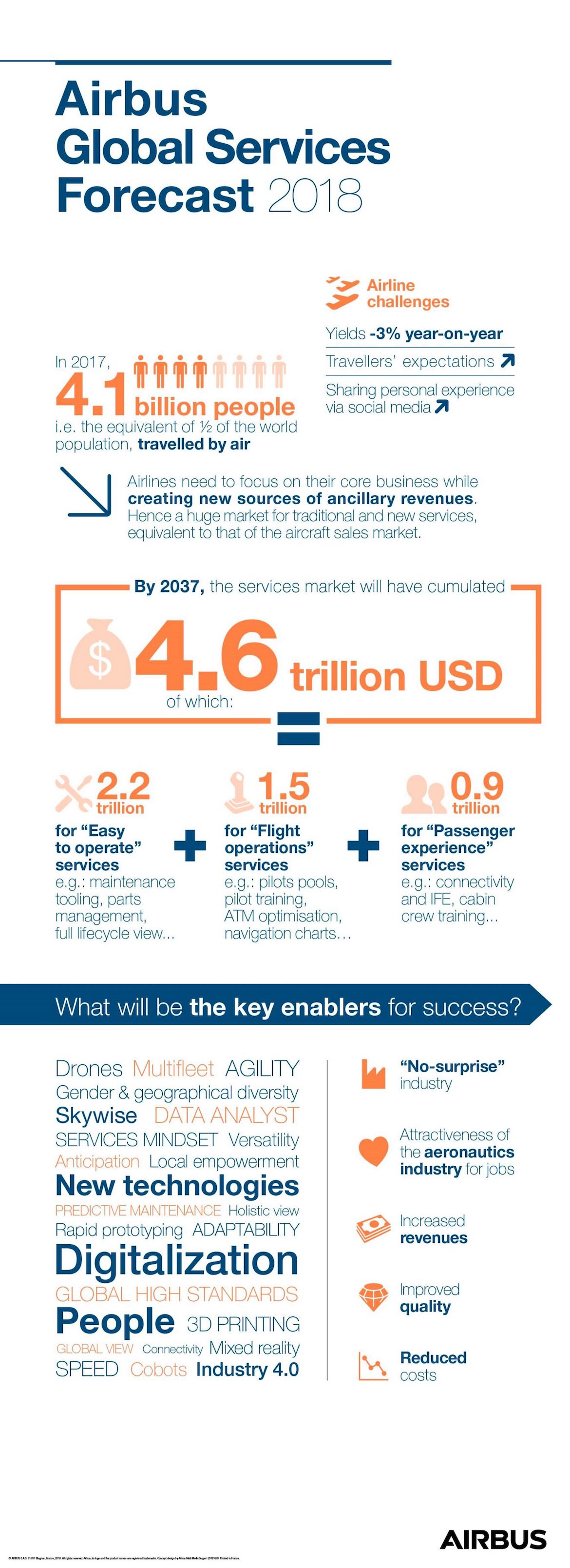
Rolls-Royce has introduced prototypes of how robotics may be the future of engine maintenance as part of its IntelligentEngine concept.
Engineers from the University of Nottingham in the UK and Harvard University in the US outlined a variety of future possibilities, including swarming engine-scanning robots conceived to move like cockroaches through an engine, to a snake-like scanner robot system.
It’s all to make inspection faster, cheaper and on-wing — and all around more efficient.
The first, “Swarm”, is described by Rolls as “a set of collaborative, miniature robots, each around 10mm in diameter which would be deposited in the centre of an engine via a ‘snake’ robot and would then perform a visual inspection of hard to reach areas by crawling through the engine.
These robots would carry small cameras that provide a live video feed back to the operator allowing them to complete a rapid visual inspection of the engine without having to remove it from the aircraft”.
The snakes, meanwhile, are called “Flare”, and “are flexible enough to travel through an engine, like an endoscope, before collaborating to carrying out patch repairs to damaged thermal barrier coatings”.
Another, called “Inspect”, consists of “a network of ‘periscopes’ permanently embedded within the engine, enabling it to inspect itself using the periscope cameras to spot and report any maintenance requirements.
These pencil-sized robots are thermally protected from the extreme heat generated within an engine and the visual data they create would be used alongside the millions of data points already generated by today’s engines as part of their Engine Health Monitoring systems”.
Remote boreblending, meanwhile, allows complicated maintenance tasks to be conducted remotely by experts after installation of a new robotic tool in specific locations of the engine. Rolls suggests that this could include laser-grinding of damaged compressor blades by an expert in its Aircraft Availability Centre, rather than having experts travel to wherever the aircraft needing maintenance happened to be.
VIDEO: A look at the Swarm robots from the Rolls-Royce Vimeo page.
Rolls-Royce on-wing technology specialist James Kell said these concepts had great potential.
“While some of these technologies, such as the SWARM robots, are still a long way from becoming an everyday reality, others, such as the remote boreblending robot, are already being tested and will begin to be introduced over the next few years,” Dr Kell said.
“We have a great network of partners who support our work in this field and it is clear that this is an area with the potential to revolutionise how we think about engine maintenance.”
Airbus forecasts US$4.6 trillion services market
After sales services is a key earner for Original Equipment Manufacturers (OEM), with Airbus on Tuesday forecasting airlines were expected to spend US$4.6 trillion on after sales services over the next two decades.
Airbus estimates the figure is “equivalent to that of the aircraft sales market”.
#FIA18: @airbus sees ticket fares — that’s “passenger yield” there — dropping by an average of three percent per year. #PaxEx #avgeek pic.twitter.com/2GxkmdWU7X
— John Walton ?️??? (@thatjohn) July 17, 2018
Of that US4.6 trillion, Airbus said nearly half, US$2.2 trillion, will be made up of what Airbus brands its “Easy to Operate” services, which include design and production, technicians and training, systems upgrades, painting, maintenance tooling, parts management, lifecycle views, passenger to freighter conversions, dismantling and recycling, and so on.
A further US$1.5 trillion will come under the heading of “Flight Operations” services, such as pilot pools, pilot training, air traffic management optimisation, navigation charts, et cetera, with the airframer already working with the Escuela Aviacion Mexico to provide ab initio pilot training, since the company expects the industry to need more than half a million pilots over the same time period.
The remaining US$900 billion will come from “Passenger experience” services, including cabin refurbishments, inflight connectivity, cabin crew training, booking services, inflight entertainment and similar opportunities.

On Day 1 of the Farnborough Airshow, Boeing outlined its forecast of the after sales services market.
The US-headquartered aerospace giant puts the size of the market at US$8.8 trillion over the same period, made up of
• US$4.7 trillion in ground, station and cargo operations
• US$2.4 trillion in maintenance, engineering, parts and upgrades
• US$1.1 trillion in flight operations
• US$540 billion in marketing, planning and customer service
• US$145 billion in corporate and external services

And amid the announcements about commercial aircraft orders, there are also deals being announced for after market services contracts.
Nordic leisure-LCC Primera
Riga-based Primera Air agreed a Boeing Global Fleet Care contract with the airframer, covering engineering services, material services, and line and heavy maintenance.
Boeing described the services contract as “a high-value, low-risk and efficient fleet maintenance operations solution that gives customers a competitive advantage in the marketplace” that “includes Fleet Engineering Solutions, Fleet Material Solutions, and Fleet Integrated Solutions – all of which can be tailored to specific customer requirements”.
“Boeing Global Fleet Care will be an integral part of our success story by providing Primera Air’s fleet maintenance operations as we expand our network of flights,” said parent Primera Travel Group president and chief executive Andri M. Ingolfsson.
China’s Xiamen Airlines
Xiamen Airlines has received government approval for and entered into a contract covering Boeing’s Optimized Maintenance Program, which the airframer says “uses analytics to evaluate and analyze an airline’s maintenance program and improves the operator maintenance experience through improved maintenance recommendations”.
Boeing promises that “customized programs can reduce scheduled maintenance labor and material cost by more than 20 per cent and associated ground time by more than 30 per cent on average, while maintaining or improving fleet on time performance and in-service maintenance activities”.
“We are pleased to be the first in the country to utilize Optimized Maintenance Program’s ability to use data to tailor a maintenance program specific to our needs,” Xiamen Airlines president and chief executive Zhao Dong noted. “This program allows our airline to benefit from innovation and smart technology to enhance our performance, maintain safety and best serve our customers.”
Xiamen Airlines, Boeing said, “also signed a 737 MAX and Next Generation 737 Simulator Services Package including hardware, software and data — as well as a suite of tools to enhance its digital capability — including Airplane Health Management, Maintenance Performance Toolbox and Loadable Software Airplane Parts.”
Blackshape
Boeing also entered into an integrated services agreement with Italy’s Blackshape, characterised as a “global producer of general aviation aircraft specialized in training”, for spare parts distribution and training software. “The announcement extends the companies’ current agreement for delivery of Jeppesen navigation information while adding global exclusive parts distribution from Aviall and Boeing e-Aircraft training software,” Boeing said.
Philippine Airlines
Rolls-Royce was an early leader in services contracts, and on Tuesday signed an agreement with Philippine Airlines for TotalCare for the carrier’s Trent XWB engines powering the Airbus A350.
“The airline has signed a new agreement for TotalCare Parts Availability Services, a service designed to further maximise aircraft availability, under which Rolls-Royce ensures Philippine Airlines has guaranteed parts provision on site and necessary tools worldwide to maximise service efficiency,” Rolls-Royce explains.
Philippine Airlines vice president for corporate logistics and services William Tan noted that “this additional element of TotalCare allows us to further strengthen our level of service support, as we deploy our new Airbus A350 XWB on long-haul missions to destinations around the globe.”
Want a LEGO jet engine? Vote now!
And finally, for your daily bit of fun, Rolls-Royce wants to produce a LEGO brick version of its next-generation UltraFan engine.
Simon Burr, director of engineering and technology, hopes that the kit will encourage new engineers. “We hope our LEGO UltraFan captures the imagination of the engineers of today and tomorrow. I’m sure anyone who manages to make all the parts come together will get some sense of the satisfaction we feel when one of our engines runs for the first time.”
The LEGO engine needs just 1,000 further votes to reach the 10,000-vote threshold that means the manufacturer will consider it for production and sale.
More details about the engine can be found on the LEGO website.
















Bill
says:It’s all good and well to have robots inspect the inside of engines, but why if one breaks down in a hard to reach place? You’ve gone from on-wing inspection to having to strip the engine to find the little sucker.